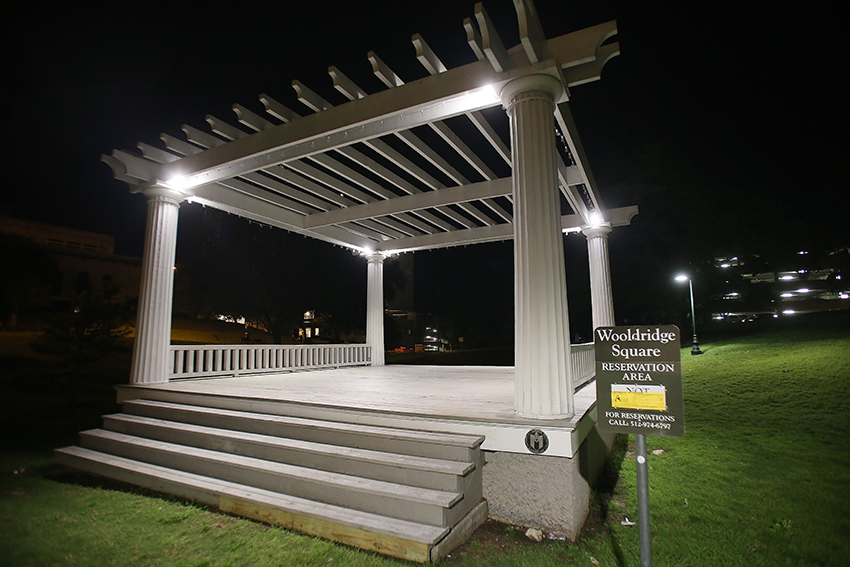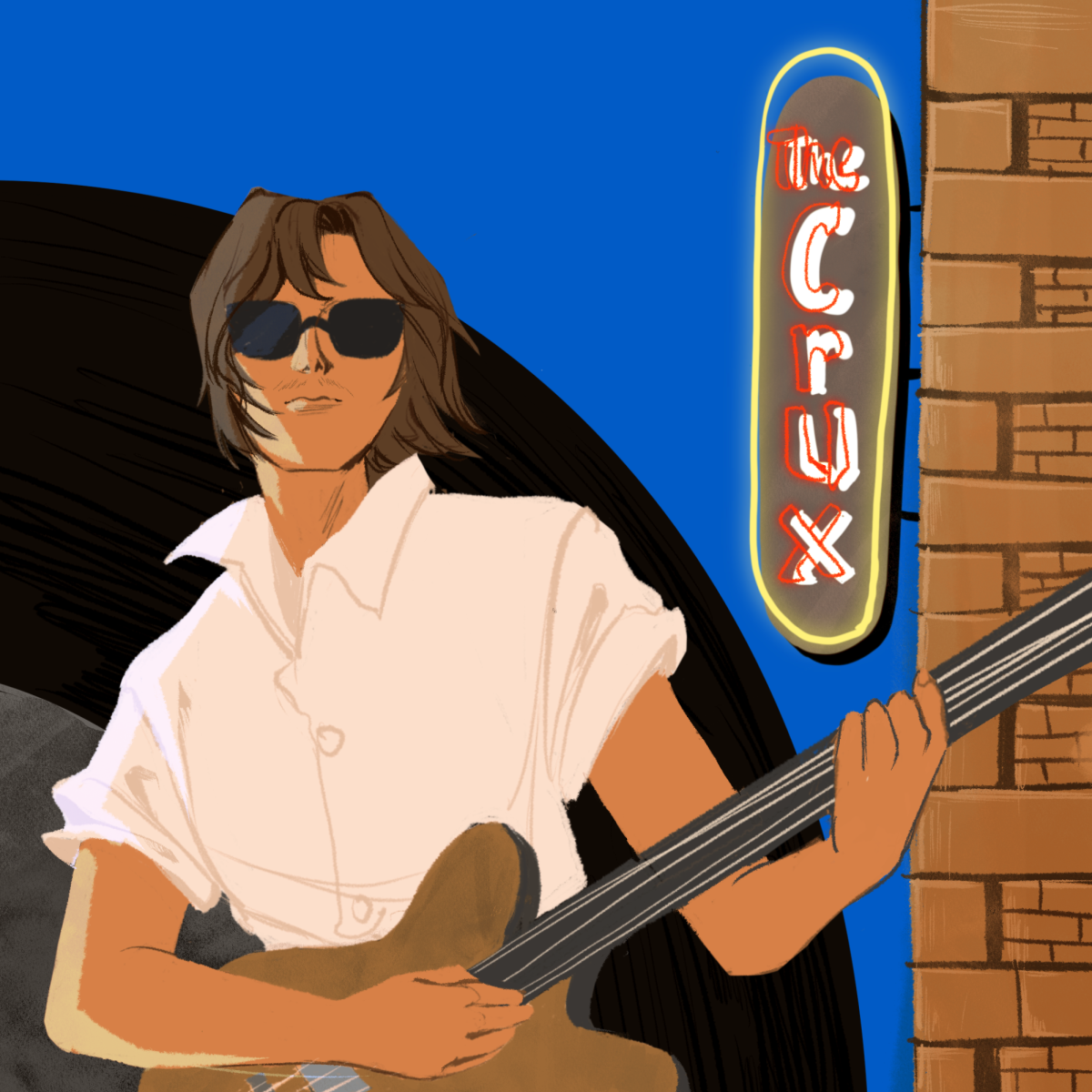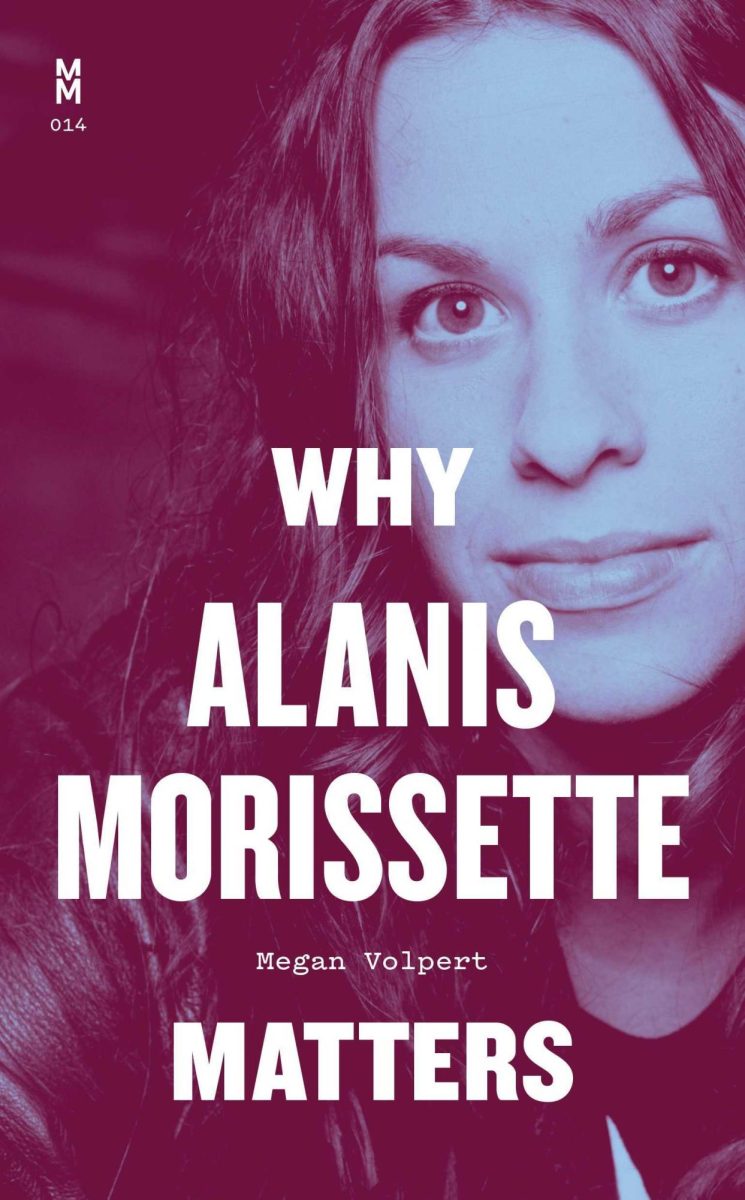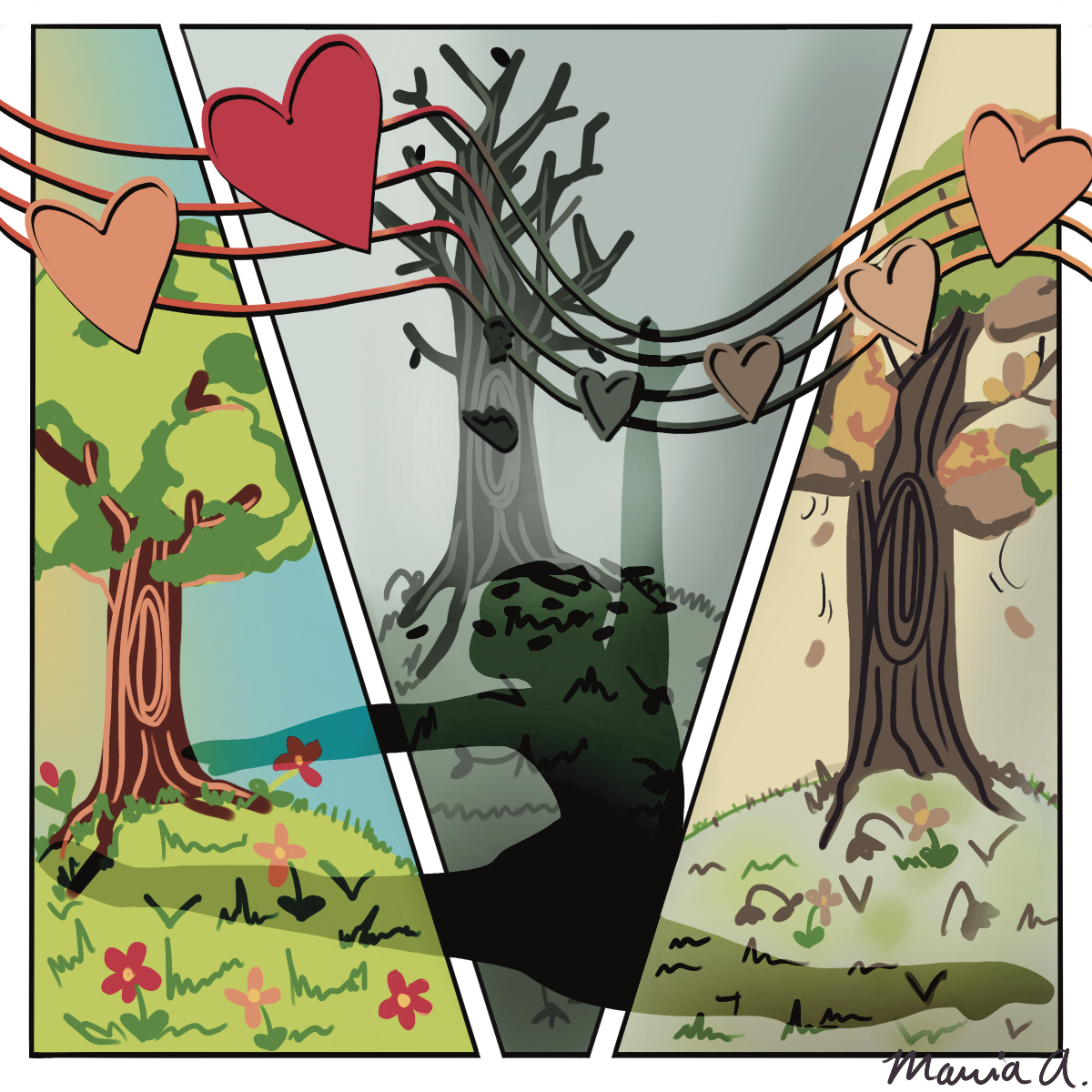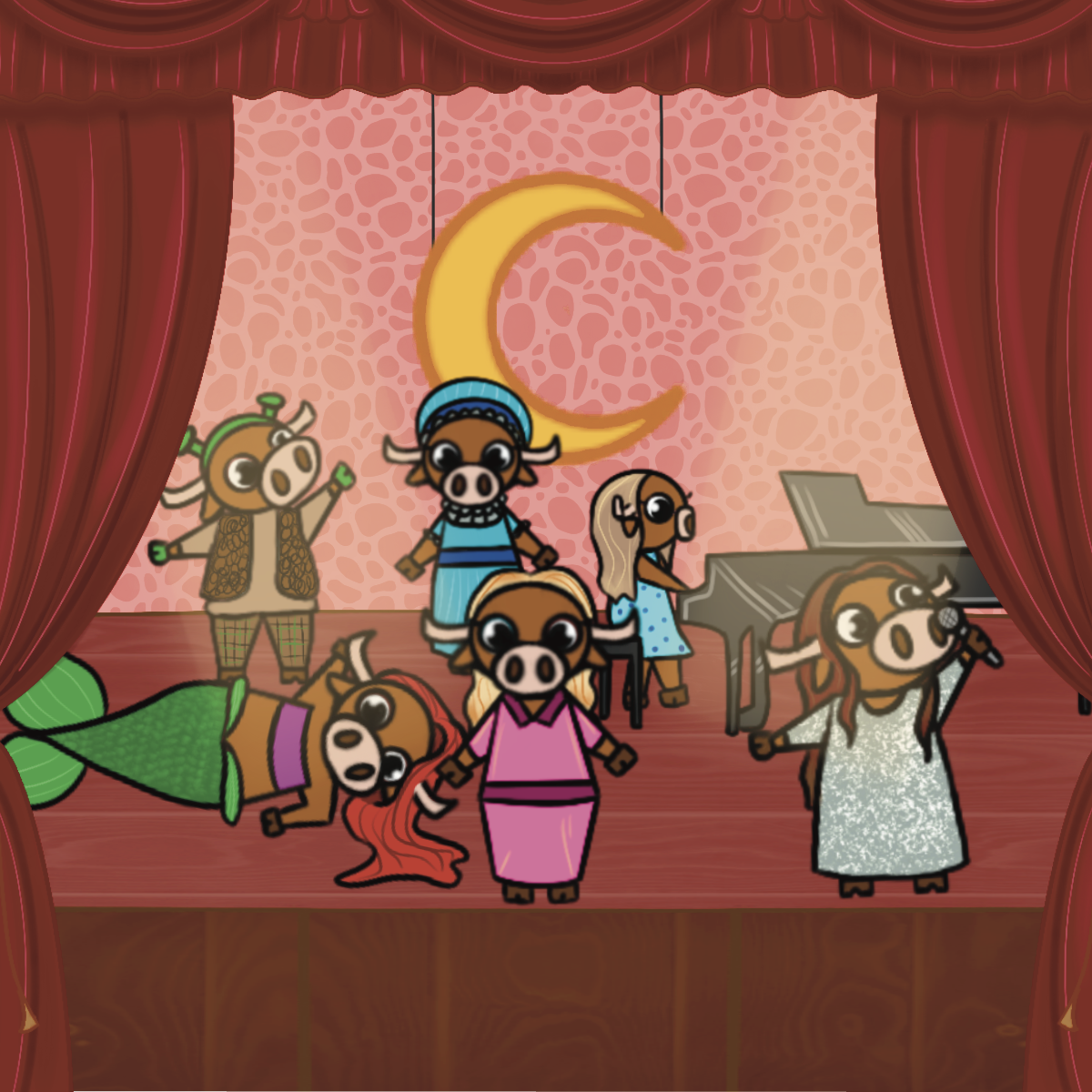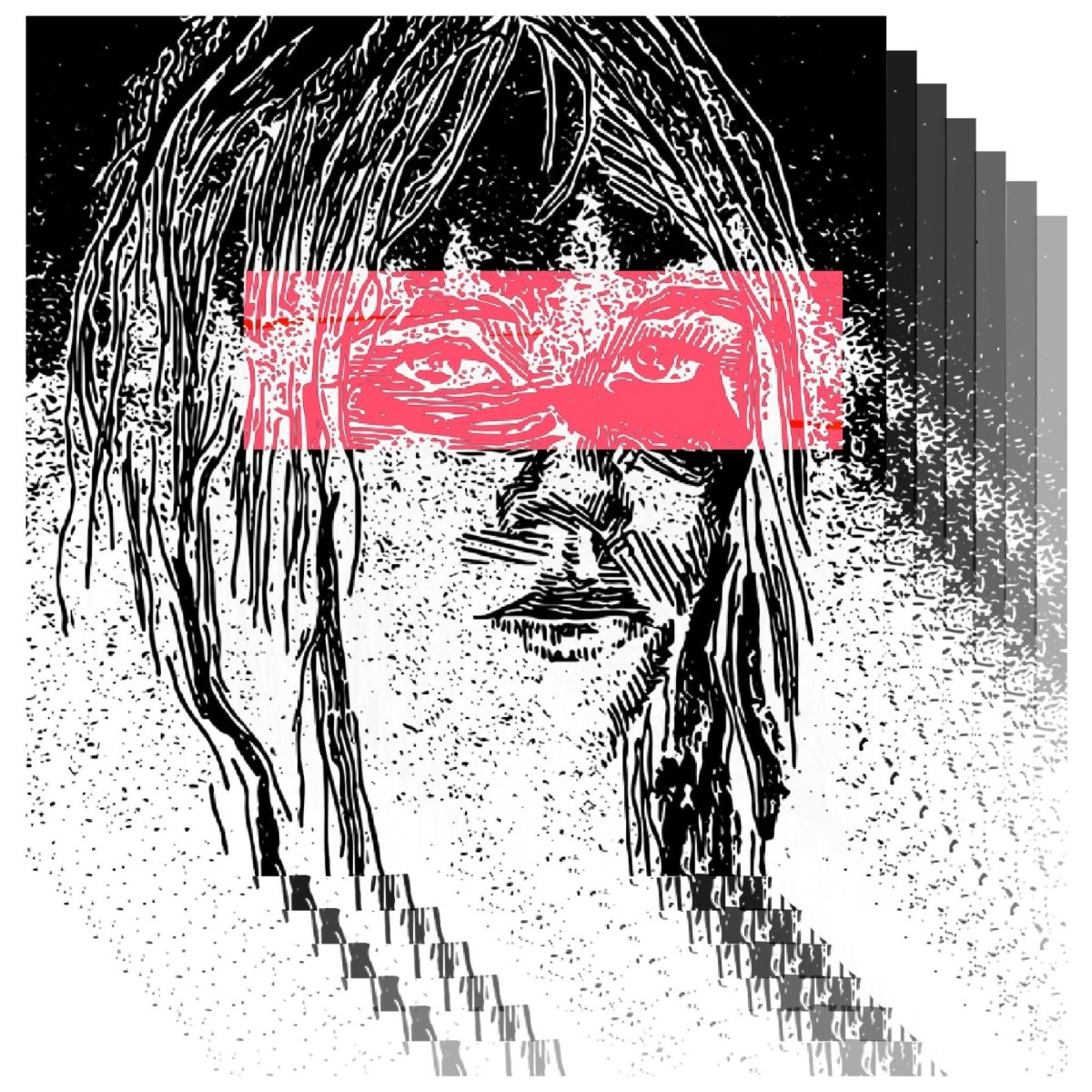When Edwin Waller planned to build the city of Austin in 1839, he had no idea the landscape he created would later host Booker T. Washington, the movement for desegregation of public education and massive music festivals.
Melissa Barry, vice president of planning at the Downtown Austin Alliance, said many Austin residents are not familiar with this history. She said the DAA has partnered with Austin Parks and Recreation Department to create Our Austin Story. A project meant to compile anecdotes and histories of the citizens and places from the three original Austin city squares that remain, Wooldridge, Republic and Brush, and bring them to life in a comprehensive and interpretive manner.
“The three public squares, and to an extent all of the public spaces in the city, are the common ground for our community and they really should reflect the heritage of our city,” Barry said. “We thought this would be a great opportunity to be able to capture those stories and help connect people to the past.”
The first storytelling event will take place April 8 at 9 a.m. in the form of a walking history tour. The Our Austin Story walk, which is being done in partnership with Shoal Creek Conservancy, will begin at Duncan Park and include historical anecdotes and facts about the Wooldridge Square.
“These are very historical places, and a lot of what you see in Austin today either flowed through those squares or in some cases started there,” Ted Eubanks, the consultant for the Our Austin Story project said. “We are an extraordinary city, and I want to share that with people who might be new here or might be visiting.”
Eubanks said there is a great deal of history at Wooldridge Square related to UT. From the filming of a scene of Austin’s first full length movie, “Eggshells,” produced by a Longhorn, to a courthouse named after the man whose case initiated the desegregation of the University, Eubanks said Wooldridge Square has deep ties with UT.
“Phenomenal history can be experienced at that square and unfortunately right now there is nothing telling anybody about this,” Eubanks said.
Eubanks has been working on interviewing community members who have remained in these squares and are more familiar with their history.
“Wooldridge Square is where two of the original African-American churches were built,” Eubanks said. “I am gradually, slowly piecing together their stories and talking to people who know or about it.”
Sylvia Orozco, a UT alumna and executive director and founder of the Mexic-Arte Museum, served as one of the sources or Eubanks’ story collection. She believes in preserving this history because it is important to recognize all of the different people that took part in building Austin.
“It is important that we understand how Austin came to be,” Orozco said. “There are contributions from the Mexican, African-Americans, French, Czech (and) Germans. All of these different people have contributed to our city.”
Orozco, who helped Eubanks gather information about Republic Square, said the current remnants of history throughout the squares are proof that it is so important for this history to be preserved and communicated to current and future generations.
“We come from somewhere, and we need to know where we come from, where our people come from and the contributions they have made to the city,” Orozco said. “If we live in the city we need to understand the city and (it’s) history.”

